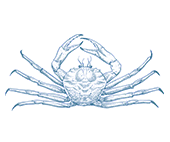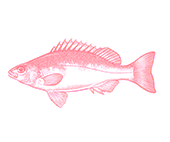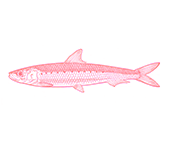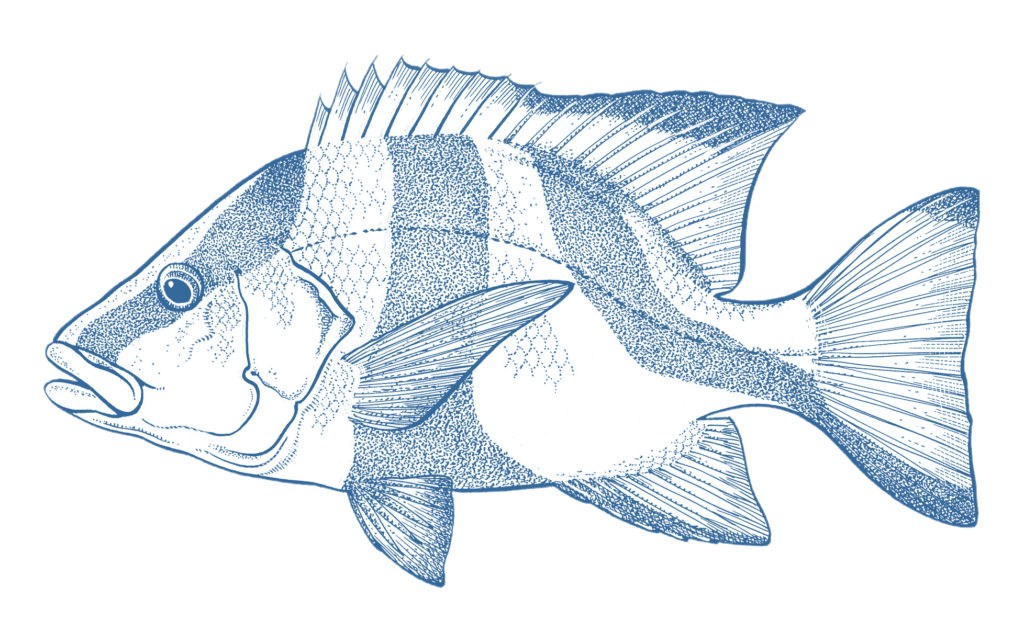




- Better Choice
- Say No
Wild Caught
Region:
WA
Note: Choose line and trap caught blue spotted emperor if available. If you can’t be sure, or there is only trawl caught blue spotted emperor available then choose a sustainable alternative.
- Bluespotted emperor are a tropical reef fish endemic to northern Australia.
- Bluespotted emperor is caught in two multispecies fisheries in WA’s Kimberley and Pilbara, using line, trap and bottom trawl fishing methods. The WA catch predominantly comes from the Pilbara trawl fishery.
- Bluespotted emperor populations are healthy.
- The Pilbara trawl fishery in which most bluespotted emperor are caught poses a serious risk to dolphin populations.
- Line and trap fishing methods pose a low risk to vulnerable bycatch species and habitats and are a more sustainable choice.
- The trawl fishery’s habitat impacts are relatively well understood, and their environmental risk is adequately managed.
- WA Northern Demersal Scalefish Fishery and Pilbara Demersal Scalefish Fishery (284t in 2021)
Bluespotted emperor is a tropical reef fish with a limited geographic range that is endemic to north-western Australia with the majority of its abundance centred in the western Pilbara. They are predominantly caught as a target species of the Pilbara trawl fishery and as a secondary species in trap and line fisheries that operate in the Pilbara and Kimberley coasts.
The trawl fishery has robust habitat management arrangements, and impacts of the fishery on habitats are well-studied.
Impacts of line and trap fishing on vulnerable habitats are less well understood, though the fishing method poses a low risk and extensive science-based marine parks across the Kimberley line and trap fishery afford considerable protection.
Bluespotted emperor populations are subject to regular scientific stock assessments in the major fishery that targets them in the Pilbara, and populations are assessed by proxy using the status of different species in the smaller Kimberley fishery. On balance, evidence suggests that populations are in healthy condition.
Line and trap fishing methods used to catch bluespotted emperor are relatively targeted, and retain a broad range of species with little risk to endangered or vulnerable bycatch species and habitats.
Bluespotted emperor are mostly caught in a trawl fishery that operates in the Pilbara. This fishery has considerable issues with the bycatch of dolphins in fishing nets, posing a serious risk to the impacted population.
Independent fishery observer programs are an important method of verifying protected species interactions, as well as other fishery impacts, such as the type and volume of discarded catch. The line and trap fishery have no independent observation of fishing activity, but because line fishing methods are fairly targeted and have little threatened or protected species bycatch, there is low risk associated with this.
However, for the trawl fishery, since 2016 managers allowed trawl fishing boats to deactivate the onboard cameras that would have allowed independent scrutiny of fishing activity, as long as fishers voluntarily reported dolphin bycatch incidents that were within historic ranges. This creates three negative impacts – disincentivising fishers from reporting bycatch occurrences that exceed this range, removing the critical source of independent validation of bycatch reporting, and making public scrutiny of the fishery’s impacts more difficult. This is a serious failure of management and will require immediate effective action to improve the GoodFish ranking of this fishery in future. Trawl-caught bluespotted emperor is ranked GoodFish Say No for this reason.
Line and trap-caught bluespotted emperor are a much more sustainable seafood option and should be chosen over trawl-caught wherever possible.




